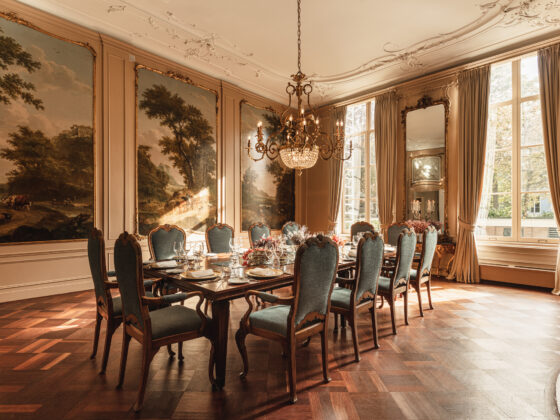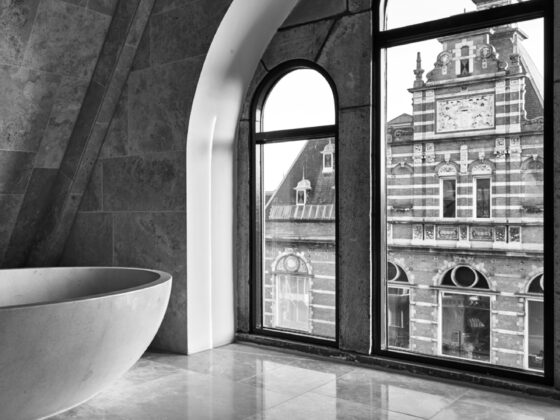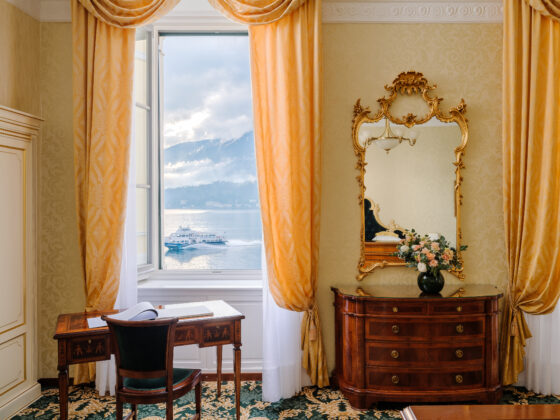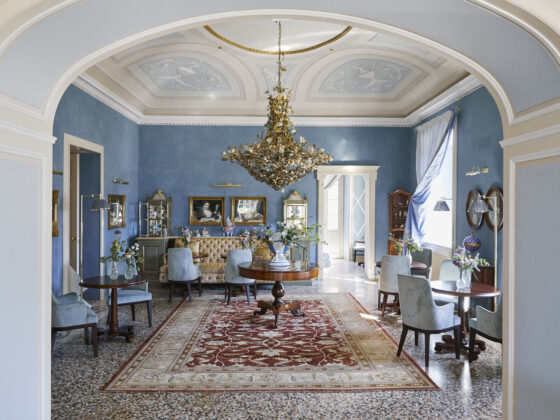by SALIM AL AFIFI
To mark his 30th year of reign, His Majesty gifted the people of Oman with one of the most iconic monuments of our time: The Sultan Qaboos Grand Mosque, a captivating place of worship that encapsulates the true essence of modern Islamic architecture in all its glory.

Nestled beautifully on the highway of Azaiba, the grand mosque has become the number one stop for visitors coming to Oman. The guests do not flock to this museum-like mosque for spiritual guidance and prayers only, but to also marvel at its inspired design that is an ode to the Islamic architecture and the heritage of Oman.
The place was built over six years and was officially opened in 2001 with record-breaking features that included a capacity for 20,000 people, the largest carpet in the world, and a breathtaking chandelier to match. Though these records have been surpassed by our sister countries, the mosque remains a true icon of wonder.
As you enter the place, you will be heartedly welcomed by the friendly staff who will join your quest of exploring and admiring the masterfully crafted landmark that is the Sultan Qaboos Grand Mosque.

The Exterior
With manicured gardens, decorated stones and exotic marbles, the Grand Mosque’s exterior offers a glimpse into the modern Islamic art
This architectural masterpiece is inspired by traditional forts and castles of Oman, built with hints of contemporary designs carrying influences from the Persian and Egyptian art, placing the monument amongst the most eye-catching icons of the city.
The building is surrounded by four minarets on each of its corners, and a main one close to the dome, representing the five pillars of Islam. As you begin exploring, you will notice how elaborate and intricate the design is, especially on the eight mosaic walls that can be found on each end of the mosque, lending global artistic interpretations inspired by a variety of ancient cultures that celebrate geometric and Islamic motifs. Samarkand, Islamic Indian Art, Mamluk, and the Maghreb walls are some of the best mosaic creations to see.

The Interior
On the inside, the mosque’s ambience exudes royalty, brought to life with exotic materials such as dark grey Bardiglio marbles and ceramic floral patterns. The place is showered with handcrafted elements that will transport you to a sacred wonderland.
The walls are beautifully decorated with mosaic patterns in clean and dark palettes and adorned with leafy designs and geometric art. And, if you glance upwards, you’d see the famous Grand Mosque chandelier that hangs from its ceiling, made of Swarovski crystal and gold plated metals. Another 34 smaller chandeliers can be found around the mosque, too.
The handwoven carpet that hails from Iran is another fascinating feature at the mosque. The carpet is inspired by classical Persian designs such as Tabriz, Kashan and Isfahan traditions, and sports a variety of 28 traditional dye colours, which took 600 female weavers and four glorious years to put it together in one piece, literally. No wonder the Grand Mosque’s carpet is the second largest in the world. Quite a stunner.
The Sultan Qaboos Grand Mosque is a true gift to the nation. An imposing piece of art that will inspire the people for generations to come, and will continue to be atop the lists of best places to visit in the capital.
Note: Non-Muslims are allowed to visit the mosque every day, except Fridays, from 8:30 until 11:00 am. Visitors are asked to dress modestly. Women are also required to cover their hair.











